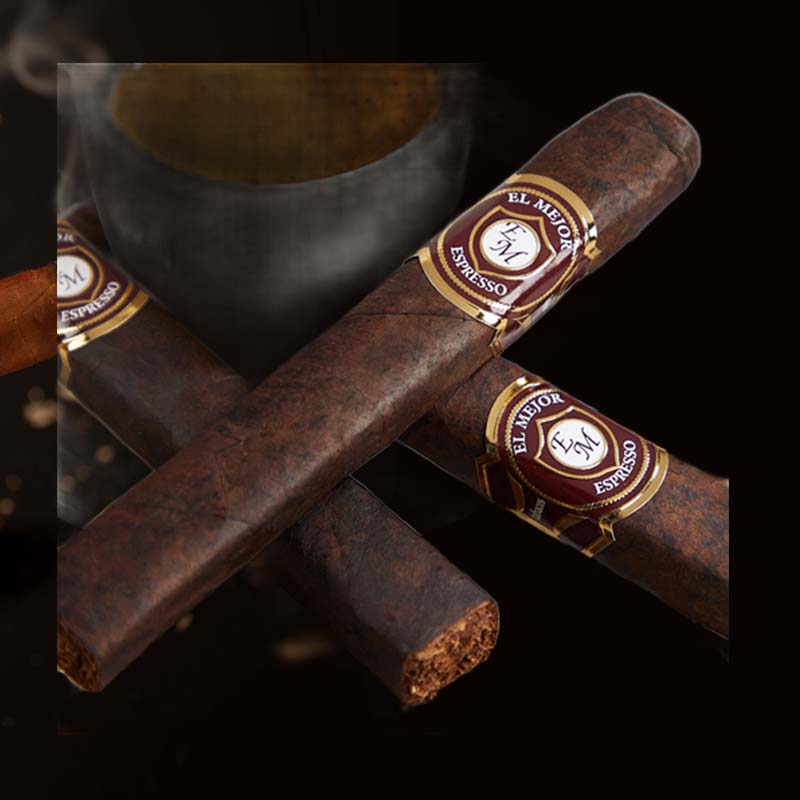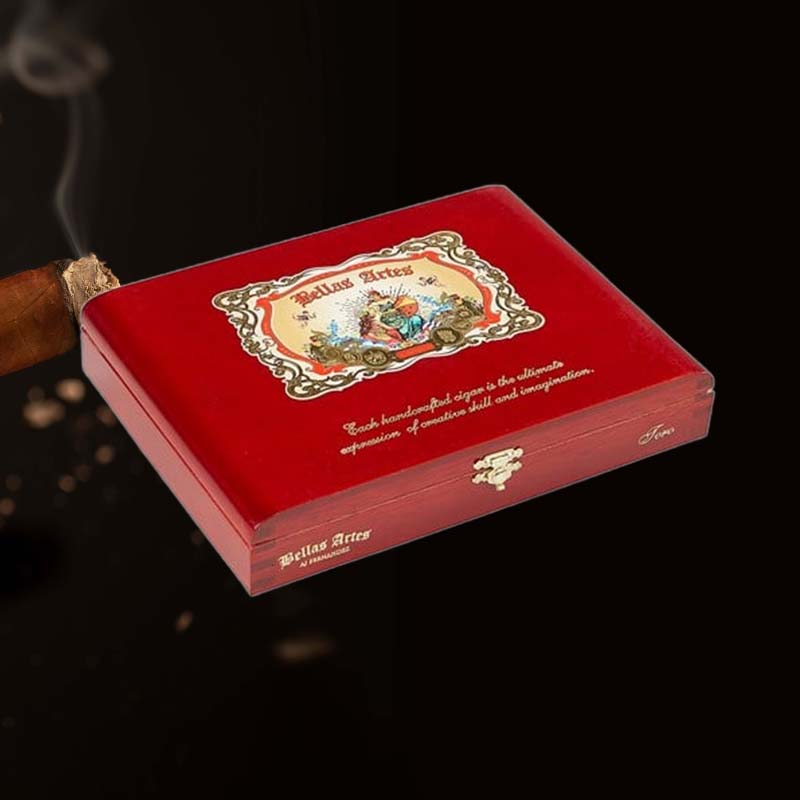Lighter instead of kitchen torch
When I first began experimenting in the kitchen, I was fascinated by the beauty of a perfectly caramelized crme brle. The way the sugar turns into a crisp, golden shell is nothing short of magical. But when I realized I didn’t have a kitchen torch, I found myself asking: can I use a lighter instead? This question led me down an exciting path—one filled with experimentation and a few singed eyebrows. Join me as I uncover the potential of using a lighter in culinary settings, alongside its benefits and limitations.
Can I Use A Lighter Instead of a Kitchen Torch?
Absolutely! You can use a lighter instead of a kitchen torch, and many of us have probably resorted to doing so in a pinch. However, it’s essential to understand that while a lighter can be a feasible alternative, it comes with its unique challenges.
Understanding the Differences in Heat Output
The heat output of a lighter is significantly less focused than that of a kitchen torch, which generates a higher temperature flame. Here’s how they compare:
- Heat Intensity: Kitchen torches can reach temperatures of around 2,500F, while lighters usually hover around 1,400F.
- Flame Shape: The flame from a kitchen torch is more precise and controllable, allowing for even application. Lighters generally produce an unsteady flame, making even cooking tricky.
- Wind Resistance: Kitchen torches are designed to withstand airflow to maintain a steady burn, unlike many lighters that blow out easily.
Using a Lighter: Benefits and Limitations
Advantages of Using a Lighter
Using a lighter in the kitchen has its perks, especially in situations where creativity and resourcefulness come into play:
- Availability: Most of us have lighters within reach, making them a convenient choice for the spontaneous chef.
- Portability: Lighters are smaller and easier to store compared to kitchen torches.
- Cost-Effective: If you don’t have a kitchen torch, a lighter can act as a budget-friendly alternative.
Potential Risks of Using a Lighter
However, the use of a lighter does come with its fair share of risks:
- Heat Control: The less concentrated flame means less control over the heat applied, which can lead to burned food.
- Flammable Components: Lighters can pose risks when interacting with flammable materials in the kitchen.
- Inconsistent Results: You may not achieve the desired outcome with a lighter as you would with a kitchen torch.
Comparing a Lighter to a Kitchen Torch
Heat Control and Precision
Precision is critical in culinary tasks. The almost surgical precision of a kitchen torch allows me to caramelize sugar on my crme brle without charring it. Conversely, a lighter’s flame can be unpredictable, often producing uneven results. I often found myself having to reapply for longer durations, which is frustrating for a perfectionist like me.
Safety Measures
It’s crucial to consider safety when using a lighter. Unlike kitchen torches that come equipped with features to mitigate risks, lighters require a cautious approach to avoid accidents.
- Keep away from excess moisture: Moisture can make lighters unreliable.
- Avoid flammable surroundings: Always be mindful of your surroundings while using a lighter.
Alternatives to Kitchen Torches
When to Consider Other Tools
If you’re serious about cooking techniques that may require more precision than a lighter can offer, you might consider investing in alternatives like:
- Electric Blowtorch: A compact option that offers more control than a traditional lighter.
- Broiler Function: Some ovens have a broiler that can create a similar caramelization effect.
Best Practices for Alternative Usage
When opting for alternatives, here are some tips I’ve learned:
- Use in well-ventilated areas to avoid buildup of gas or fumes.
- Test on small items to get a feel for the heat and method.
Practical Applications for Lighters in the Kitchen
Perfecting Crme Brle
When working with crme brle, I’ve discovered that a lighter can work in a pinch. The key is keeping a safe distance to prevent the sugar from blackening. I hover the flame just above the sugar, gently moving it until it melts, creating that iconic caramelized crust.
Using a Lighter for Searing
Interestingly, I’ve also used a lighter to sear meats. It’s especially useful for small cuts or when I need to make a quick meal. The trick is employing a steady hand and focusing on small areas to create a beautifully seared finish.
Safety Tips for Using a Lighter Instead of a Kitchen Torch
Maintaining Safe Distance from Food
Always position a lighter at least a few inches away from your food. Due to its non-concentrated flame, I aim to keep it at a safe distance to ensure I don’t inadvertently overcook.
Proper Handling of Flammable Materials
Before using a lighter, I ensure that my workspace is clear of flammable items. It’s all about being cautious to make sure my experiments stay safe and fun.
Best Types of Lighters to Use
Butane vs. Other Lighter Fuels
Butane lighters are often the best option for kitchen tasks, as they provide a cleaner burn compared to other fuels, minimizing any unwanted flavors.
Choosing a Reliable Lighter
Reliability is key for kitchen use. I suggest selecting quality brands known for durability and consistent performance, ensuring you won’t be caught off guard when you need them most.
FAQs About Using a Lighter in Culinary Settings
Can I Use a Lighter for Cooking?
Yes, you can use a lighter for culinary tasks, but it is less precise than a kitchen torch, and I recommend careful application to avoid burning food.
What are the Best Practices for Using a Lighter?
Always maintain a safe distance, work in a well-ventilated area, and be cautious of surrounding flammable materials. Experimentation is crucial; start small until you become familiar with the technique.
Final Recommendations
When to Stick with a Kitchen Torch
If precision and control are vital, especially for delicate tasks, my heartfelt recommendation is to stick with a kitchen torch. It’s simply made for culinary tasks.
Conclusion on Lighter Usage in Culinary Tasks
Having explored the ins and outs of using a lighter instead of a kitchen torch, I’ve embraced the whimsy and unpredictability it brings to my cooking adventure. It can be an exciting substitute, but it’s essential to proceed with caution and practicality. Whether you find yourself decorating a dessert or searing a steak, remember to enjoy the process and savor the flames!
What can I use if I don’t have a kitchen torch?
If you don’t have a kitchen torch, you can use alternatives such as electric blowtorches, broilers, or even your lighter for simple tasks, adjusting techniques as necessary.
Can you use a regular lighter to caramelize crme brle?
Yes, a regular lighter can caramelize crme brle, just keep it at a safe distance to avoid burning the sugar excessively; patience is key!
Can I use a lighter to light a torch?
Yes, you can use a lighter to ignite a kitchen torch. Just be cautious and ensure the torch is correctly positioned and secure during lighting.
What is the difference between a kitchen torch and a regular torch?
The main difference lies in precision; kitchen torches are designed for culinary tasks, providing controlled heat output, whereas regular torches are more robust and less precise.













